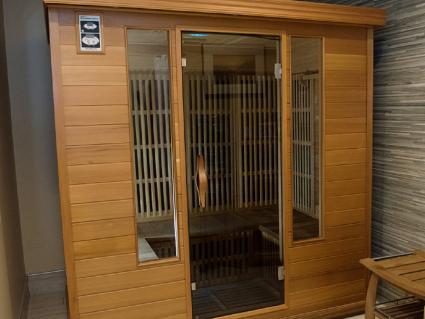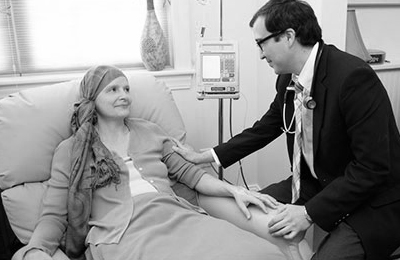Infrared Light Therapy May Offer Benefits for Health and Wellness

Research shows, infrared light therapy may benefit a range of health conditions.
Visible light is made up of a spectrum of colors with violet having the shortest wavelength of 380 nanometers and red having the longest wavelength of 700 nanometers. In 1800, astronomer William Herschel devised a way to measure the temperature of the different colors of visible light and noticed that red color light had the highest temperature of the visible colors (IPAC at Caltech and NASA, 2013). Herschel also found that the temperature was even higher for light of wavelength higher than red, even though this light was not visible to the naked eye. This range of light frequencies with wavelength higher than red color of light was later named as infrared light and covers a broad range of frequencies varying from a wavelength of 700 nanometers to about 1 million nanometers. Although infrared light cannot be seen to the human eye, its effects can be felt as heat. Through the years, many technologies have been created to measure and use different frequencies of infrared light for a variety of purposes, including possible applications to support health and wellness.
One group of researchers in Japan examined the possible health benefits of using infrared light therapy for type 2 diabetics (Ryotokuji et al, 2013). Infrared light therapy of wavelength varying from 9,000 nanometers to 12,000 nanometers at a power output of 30 milliwatts was applied to the feet of ten type 2 diabetics (six men and four women), whose average age was 62 years old. Infrared light therapy sessions for these ten patients were performed for 15 minutes once weekly for 4 weeks. The ten patients did not make any changes to their diabetic medications during the research study. Blood glucose, insulin, HbA1c and cortisol were measured before and after the 4 weeks of infrared light therapy. The results showed that after 4 weeks of infrared light therapy to the feet, both fasting blood glucose and hemoglobin-A1c were decreased. Since hemoglobin-A1c is a measure of blood glucose control over the last 3 months, it would be beneficial to extend the duration of this research study to 3 months and then re-assess hemoglobin-A1c. The researchers also found that cortisol levels were decreased after the 4 weeks of infrared light therapy, suggesting that infrared light therapy can be beneficial for reducing stress mediated by the sympathetic nervous system (the fight-or-flight aspect of the autonomic nervous system). Increasing the number of participants in this study would be beneficial to strengthen the results of the research study. In summary, weekly sessions of infrared light therapy applied to the feet may be beneficial for type 2 diabetics.
Another group of researchers in a pain management clinic in Canada examined the efficacy of infrared light therapy for people with chronic low back pain (Gale et al, 2006). Forty people with chronic low back pain were randomly assigned to either a placebo group or a treatment group. The average duration of low back pain in the group of forty people was 6.5 years of chronic pain. The age of the individuals varied from 26 to 80 years old. The treatment group was administered infrared light therapy of wavelength between 800-1200 nanometers to the low back region. The treatment group participants did not change any pain medications or other medications that they were already taking. After seven weeks of infrared light therapy treatment, the treatment group’s subjective pain scores had reduced by 50% on average, while the control group’s subjective pain score reduced by 15% on average. One critique of this study is that the study design states that seven weekly treatment sessions of infrared light therapy were performed but the duration of each treatment session was unclear. Further research could incorporate blood testing to look for changes in inflammatory markers after using infrared light therapy. In summary, infrared light therapy applied to the low back region may be beneficial for chronic low back pain.
Citations:
IPAC Communications & Education at Caltech. NASA. August 27th, 2013. Discovery of Infrared. Retrieved from http://coolcosmos.ipac.caltech.edu/cosmic_classroom/ir_tutorial/discovery.html
Gale, G.D., Rothbart, P.J., Li, Y. Infrared therapy for chronic low back pain: A randomized, controlled trial. Pain Research Management. 2006 Autumn; 11(3): 193–196.
Ryotokuji, K., Ishimaru, K., Kihara, K., Namiki, Y., Hozumi, N. Preliminary results of pinpoint plantar long-wavelength infrared light irradiation on blood glucose, insulin and stress hormones in patients with type 2 diabetes mellitus. Laser Ther. 2013 Sep 29; 22(3): 209–214.





















